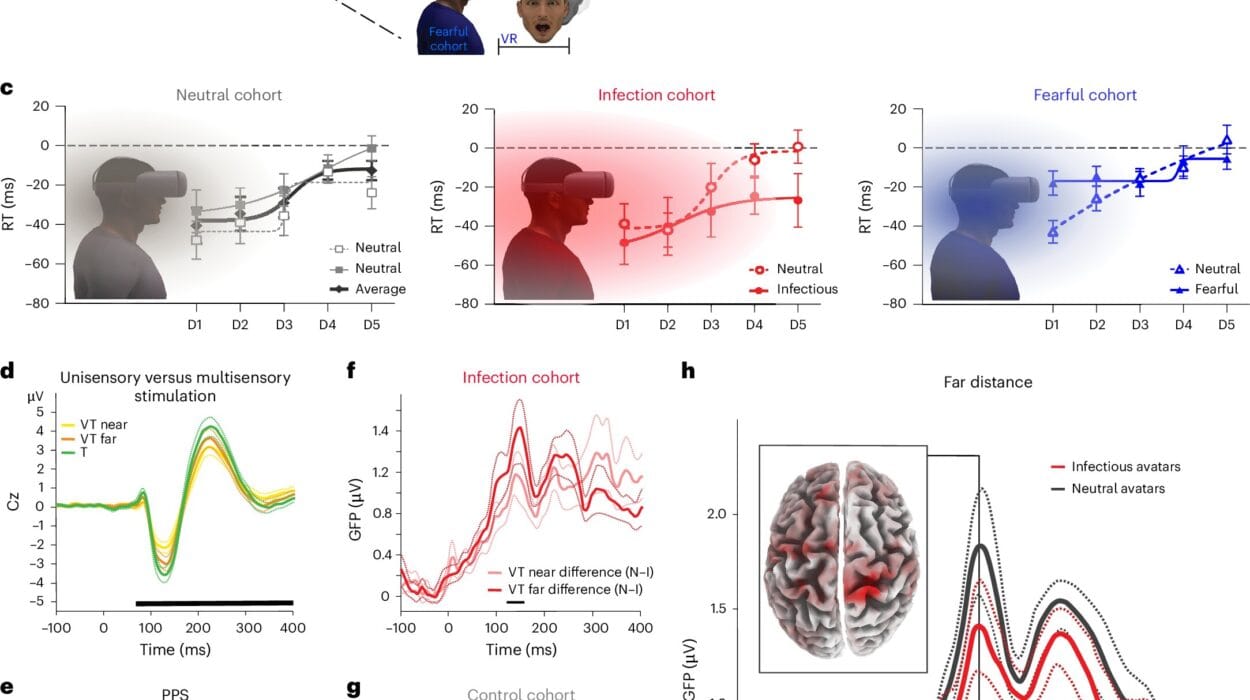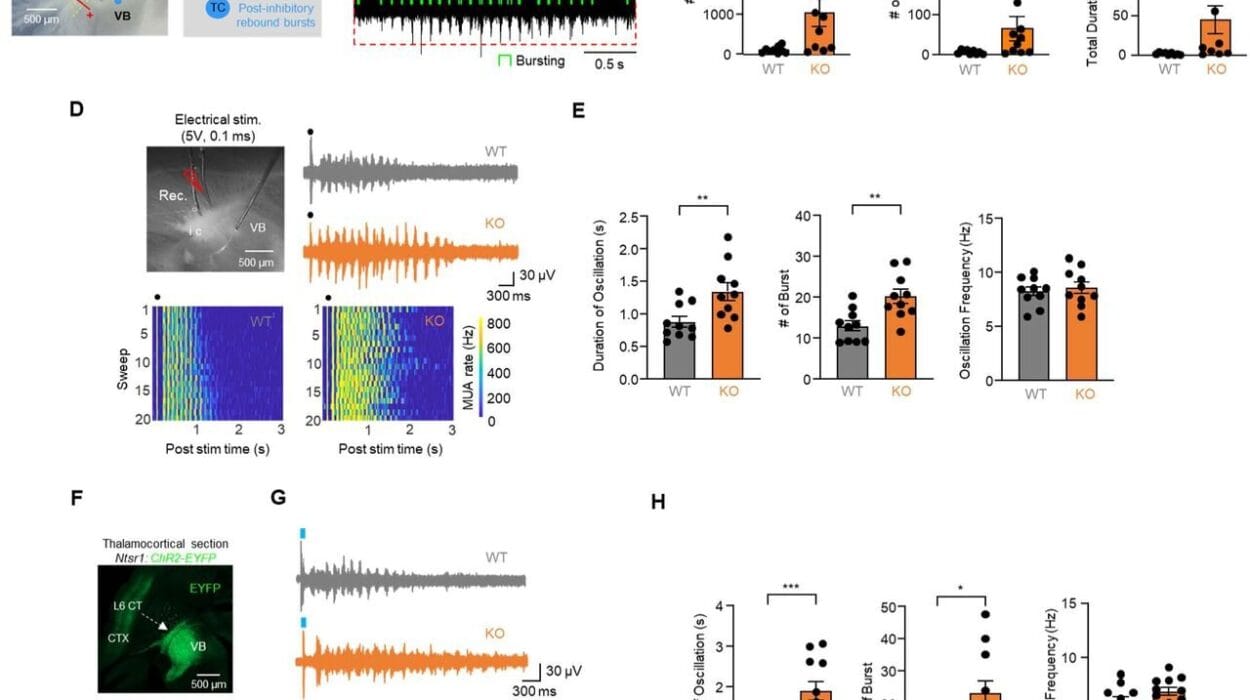In today’s digital age, smartphones are not just tools—we carry them like extensions of ourselves. Whether you’re commuting, eating, or even brushing your teeth, chances are your phone isn’t far from reach. But what does this constant tethering do to our minds and bodies? Recent research from Hokkaido University offers a fascinating—and somewhat unsettling—window into this question. It turns out that for some people, smartphone cues may be more than just distractions; they could be quietly rewiring how we perceive the world, ourselves, and even our own bodies.
The Hidden Cost of Constant Connectivity
For years, scientists have been raising the alarm about the psychological impacts of excessive smartphone use. Concerns range from increased anxiety and sleep disturbances to reduced attention spans and poor memory performance. Yet, despite these red flags, our collective screen time keeps climbing.
What’s more intriguing—and concerning—is that our physiological responses may be deeply entwined with our digital behaviors. A recent study published in Communications Psychology peels back the layers of this phenomenon, suggesting that the allure of smartphone stimuli affects not only attention but also something more fundamental: interoception, or our ability to sense internal bodily signals.
Interoception is your body’s inner dashboard—the way you notice a racing heart before a speech or a knotted stomach before a big test. It’s crucial for emotional regulation, decision-making, and overall well-being. If smartphones are interfering with that awareness, we may be losing more than just focus.
A Glance That Hijacks the Mind
The study, led by Yusuke Haruki and his team at Hokkaido University, set out to explore the psychological and physiological underpinnings of smartphone distraction. But their motivation was more than just data collection—it was philosophical.
“This project began as an interdisciplinary exploration between philosophy and psychology,” said Haruki. “Although digital devices like smartphones have become deeply embedded in our daily lives, we still know surprisingly little about how they shape our bodily awareness and perception.”
With this broader lens, the researchers took aim at a deceptively simple question: Why do some people seem incapable of ignoring their phones, even when they’re irrelevant to the task at hand?
To explore this, they designed a clever visual task for a group of 58 healthy young adults. Participants were asked to spot letters on a screen as quickly as possible. Unbeknownst to them, the background occasionally flashed images of smartphones—ranging from lock screens to incoming call notifications—alongside neutral, scrambled images that served as controls.
The idea was straightforward: measure how quickly participants responded to the letter-spotting task while tracking whether their reaction times slowed when smartphone images appeared. Then, delve deeper to see what separated those who were easily distracted from those who weren’t.
Two Groups, Two Worlds
The results were both surprising and telling.
Using a clustering method, the researchers divided the participants into two groups. The first group consisted of individuals who were consistently distracted by smartphone images, regardless of how challenging the task was. The second group, on the other hand, only got distracted when the task was relatively easy.
But this wasn’t just about fleeting attention. When Haruki and his team administered psychological questionnaires and physiological tests, a deeper pattern emerged.
The consistently distracted group not only performed worse on attention tasks but also exhibited lower interoceptive awareness. In other words, they were less in tune with their own bodily sensations—less likely to feel their heart race or notice subtle shifts in tension or temperature. Simultaneously, these individuals showed stronger heart rate responses when exposed to smartphone imagery.
It was as if their minds were pulled toward the phone while their bodies simultaneously reacted with heightened arousal—yet they remained unaware of those bodily changes.
Echoes of Addiction
This triad—reduced attention, increased physiological reactivity, and dulled bodily awareness—bears an eerie resemblance to what psychologists observe in behavioral addictions, like gambling or substance use disorders.
“Participants who were more distracted by smartphone cues not only performed worse on the attention task but also showed accelerated heart rates when exposed to these images,” explained Haruki. “Importantly, these individuals also reported lower interoceptive awareness… a pattern mirroring behavioral addictions.”
It’s a provocative comparison. Unlike traditional addictions, smartphones don’t flood the body with chemicals. But the behavioral pull—the dopamine hits from notifications, the compulsive checking, the anxiety when the device is absent—suggests that our relationship with these devices may be more like an addiction than we’d care to admit.
The Body Keeps the Score—But Are We Listening?
Why does interoception matter so much? Because it’s the compass we use to navigate not just our physical health, but also our mental well-being. When we become less attuned to our bodily sensations, we may struggle to identify emotions, manage stress, or recognize early signs of burnout and illness.
Moreover, interoception plays a key role in empathy, self-awareness, and decision-making. If our phones are dulling that sense, the consequences could ripple through many aspects of our lives—from our relationships to our performance at work or school.
The irony is striking: smartphones, which we often use to track our health and stay connected, might be quietly eroding our internal connection to ourselves.
Taming the Digital Reflex
So, what can be done? For starters, Haruki and his colleagues hope that their findings will inspire new approaches to digital wellness.
“Our work could potentially inform interventions aimed at promoting healthier digital habits, especially among younger populations,” Haruki noted. These interventions might involve mindfulness training, biofeedback, or even app-based tools designed to rebuild interoceptive awareness and attentional control.
The team’s next steps are even more ambitious. They plan to examine brain activity during smartphone-related distractions to pinpoint exactly how—and where—these attentional patterns are rooted. The ultimate goal? To understand how this dynamic develops across adolescence and early adulthood, when digital habits are being formed and neural plasticity is at its peak.
Beyond the Screen
This study adds to a growing body of research that reframes how we think about our relationship with technology. It suggests that the lure of the smartphone is not just psychological—it’s physiological. Our bodies react to these devices in ways we’re barely conscious of, and those reactions could be affecting how we experience the world and ourselves.
Of course, not everyone is equally vulnerable. Some participants in the study weren’t distracted at all by the smartphone cues. This opens the door to questions about resilience and risk factors. What protects some people from falling into the distraction trap? Is it personality, upbringing, digital literacy—or something else entirely?
The hope is that by understanding these mechanisms, we can build a more conscious, balanced relationship with our devices—one that doesn’t come at the expense of our mental and physiological health.
Final Thoughts: A Moment of Digital Reflection
In a world where we check our phones an average of 96 times a day, it’s worth asking what we’re really tuning into—and what we’re tuning out. Are we aware of our bodies, our breath, our heartbeat? Or are we living in a digital trance, pulled by pixels and alerts that feel urgent but mean little?
Studies like the one from Hokkaido University are more than academic exercises. They’re a wake-up call. They challenge us to reconsider how we interact with technology and to remember that attention is a precious resource—one we can choose to reclaim.
Reference: Yusuke Haruki et al, Attentional bias towards smartphone stimuli is associated with decreased interoceptive awareness and increased physiological reactivity, Communications Psychology (2025). DOI: 10.1038/s44271-025-00225-6.






